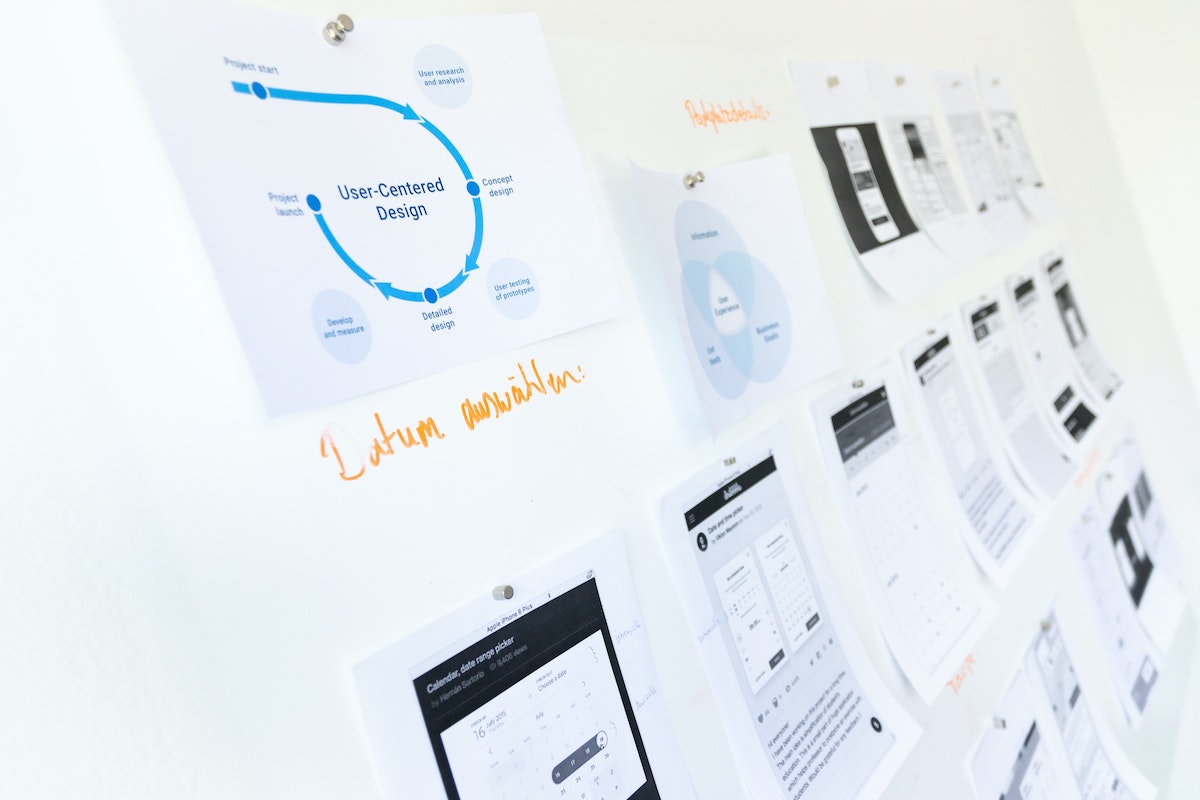Implementing procurement analytics? Start with service design.

–Ian Makgill, Founder, Spend Network
If you’re unsure what service design is, a good place to start is here . It’s a fascinating area of business that is concerned with making sure that services meet the needs of users. A good example of service design at work is Amazon. Amazon has a website, but this is only one part of their service. They also have fulfilment centres, transport and payments. The act of tying all of these things together into a coherent service is service design.
So what does this have to do with procurement and procurement analytics? Another way to think about service design is to think of it as the effort that goes into making sure that a product can keep running. If you’re setting up an analytics function, you need to know how to make it work for the long term.
An analytics function isn’t about just setting up a database and hiring a consultant to write some code to import the data. If you just buy code, the chances are that the analytics won’t work within six months, not because the code is bad, but because the source data has moved, or changed format.

It’s no good thinking that you can predict or prevent all of the ways in which your data sources will vary or fail, you can’t. Equally, you can’t be certain that your database software won’t need patches, or that any of the tools you’re using to run the database will stay available and concurrent. You can’t just buy an analysis service and expect it to run itself.
You’ll also need to think about quality. If the number of records in your database starts to fall, you’ll need to do the work to find out what is going on. All of this takes effort and costs money. That’s not to say you can’t do wonderful things for not much money, but you can’t do something once and expect it to run forever.
All these complexities are why we need service design. Here’s a checklist of things you need to consider when implementing a procurement analytics service:
- Who will use the analytics and what are their user needs?
- Where are your data sources?
- Will you need to link your data?
- Will you need to augment your data?
- Is your infrastructure scalable?
- Is your platform scalable?
- How will you distribute your analytics?
- Will you need to add new data sources?
- What licenses are involved?
Addressing these issues requires some skills and experience, but just knowing what you will face will help you choose the partners with the right skills, or build your own team who can help to run the system. The important part is that you need to be ready to do this for the long-term.
To discuss our procurement tools and services, please contact us at contact@openopps.com
www.spendnetwork.com
Photo by NEW DATA SERVICES



